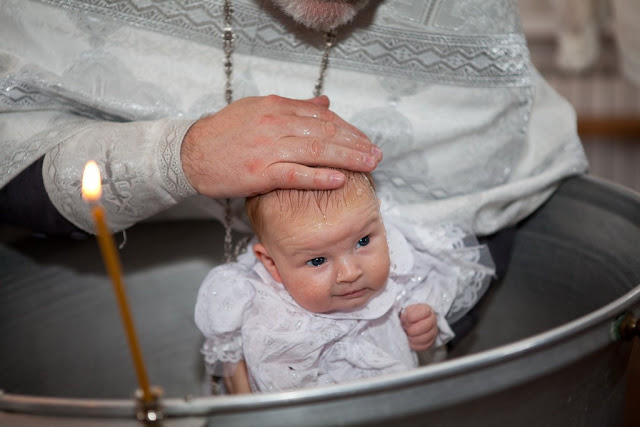
Saint Augustine, a famous 4th-century bishop and theologian, was walking along the sea shore thinking about the mystery of the Holy Trinity one day. He saw a boy who was digging a hole in the sand and pouring water from the sea into that hole. The surprised bishop asked the boy why he was doing it. The boy immediately replied, “I’d like to pour the entire sea into this hole.” Augustine smiled and tried to explain to the boy that it was impossible. He was dumbfounded when the boy retorted, “What are you doing, then, when you attempt to fathom the unfathomable mystery of the Lord?” The boy disappeared and left the embarrassed bishop alone on the shore. This story is a vivid illustration of the awe, which the Church feels towards the doctrine of the Holy Trinity. In spite of that, people have used various analogies to convey this mystery, albeit vaguely and imprecisely. Here is a selection of some of the images that they have used.
1. The Sun
Look at the Sun on a clear summer day. It is one single object but we can distinguish its discus, its light, and its heat. The sun discus may be taken to mean the Father, while the light exemplifies the Son and the heat represents the Holy Spirit. This example was provided by St. Herman, the Patriarch of Constantinople, in the 8th century.

2. Stream
If you look at a stream, you can find Trinitarian analogy there, too: the source represents God the Father; the bed reminds us of God the Son; the mouth is an image of the Holy Spirit. Most importantly, it is one and the same stream. That was how Saint Gregory the Theologian attempted to explain the mystery.
3. Shamrock
Saint Patrick, the enlightener of Ireland, was preaching Christianity to druids. They asked him to explain the Trinity, so St. Patrick picked up a shamrock: “See? It’s one leaf and three leaves at the same time. Similarly, there is one essence and three Persons in the Holy Trinity.”
4. Triangle
How can I define myself? How can I realize my individuality? I can do so only in juxtaposition with something or someone else — something or someone that is not I. I can realize myself only in relation to You and Him. It is the relationship between the corners of this triangle (I, You, and He) that determines my personal identity. That was how the Rev. Sergius Bulgakov (20th century) illustrated the Trinitarian nature of human relationships and self-perception.

5. Human personality
You can delve deeper into yourself and recognize trinity inside you. Our mind is an image of the Father; our verbal communication is an image of the Son; our physical strength is a sign of the Holy Spirit. That is the example provided by St. Ignatius (Bryanchaninov).
6. Space
The space we live in can also be interpreted in a Trinitarian way. It has three dimensions: height, width, and length. This fact was pointed out by Boris Rauschenbach, a Soviet scientist who studied linear algebra.
With all that said, the Church and theologians have always stressed that the aforementioned examples and analogies are insufficient and inadequate for the mystery of the Holy Trinity. The famous icon of the Holy Trinity, painted by St. Andrei Rublev in the 15th century, contains a deeper theological attempt to envisage this concept.
Originally published by FOMA Magazine
Translated by The Catalog of Good Deeds




Whose head is the triangle over?
God the Father.